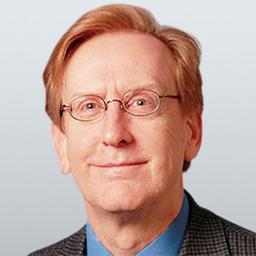The problem was not personal failure; she had recently gotten into a competitive residency program at one of the nation’s most prestigious hospitals. Yet apparently, she still found the prospect of the life ahead more than she could bear.

Suicide is more prevalent among doctors than any other profession. Burnout could be a reason. Iuri Silvestre/Shutterstock
|Updated:
Richard Gunderman, M.D., Ph.D., is Chancellor's Professor of Radiology, Pediatrics, Medical Education, Philosophy, Liberal Arts, Philanthropy, and Medical Humanities and Health Studies at Indiana University. His most recent books are “Marie Curie” and “Contagion.”
Author’s Selected Articles





